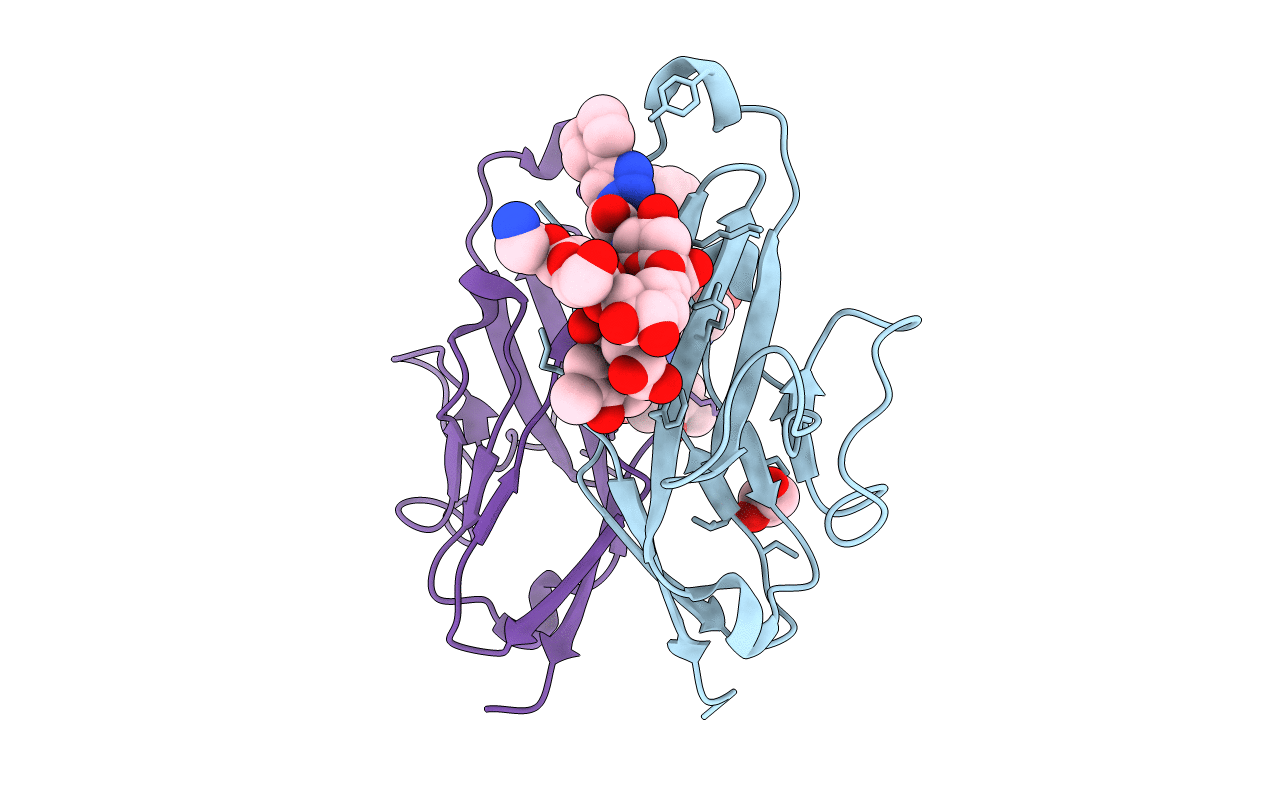
Deposition Date
2018-04-17
Release Date
2019-04-17
Last Version Date
2024-10-23
Entry Detail
PDB ID:
6D4A
Keywords:
Title:
Cell Surface Receptor with Bound Ligand at 1.75-A Resolution
Biological Source:
Source Organism:
Homo sapiens (Taxon ID: 9606)
Host Organism:
Method Details:
Experimental Method:
Resolution:
1.75 Å
R-Value Free:
0.20
R-Value Work:
0.17
R-Value Observed:
0.17
Space Group:
P 1 21 1


